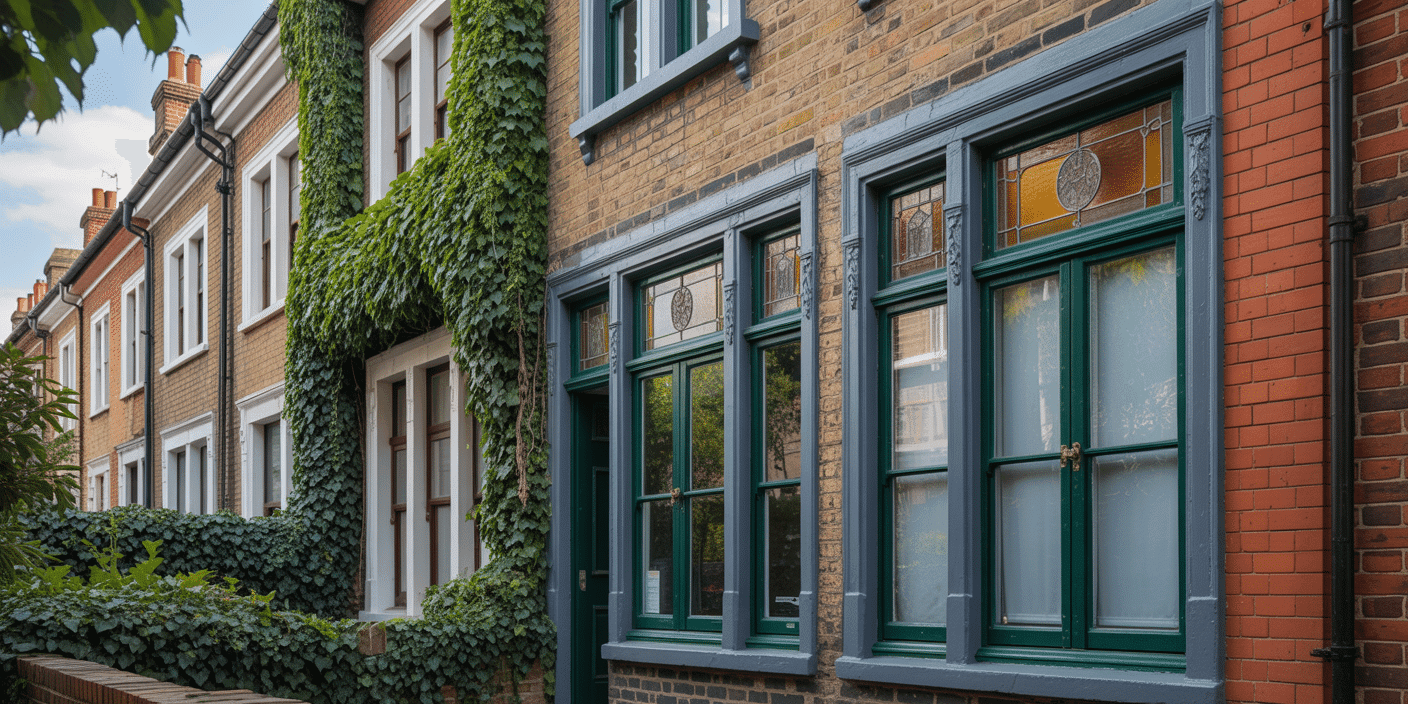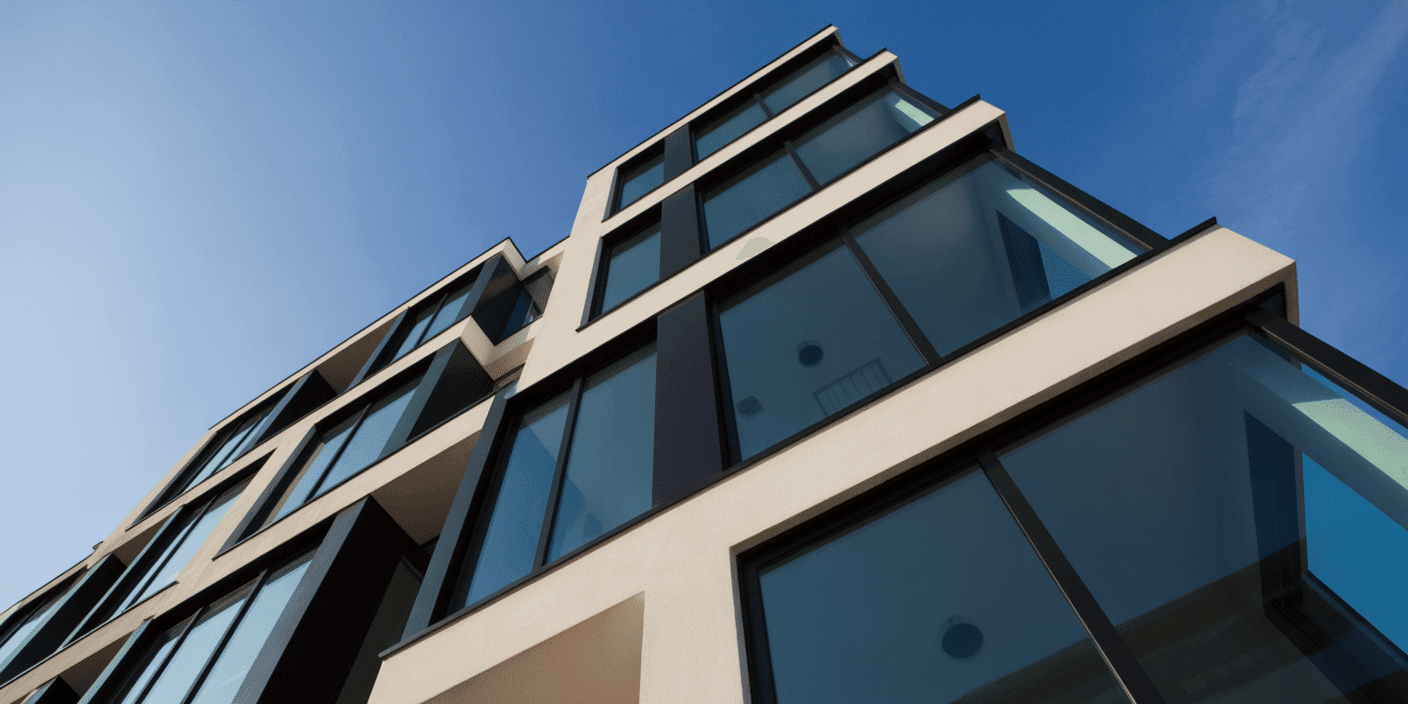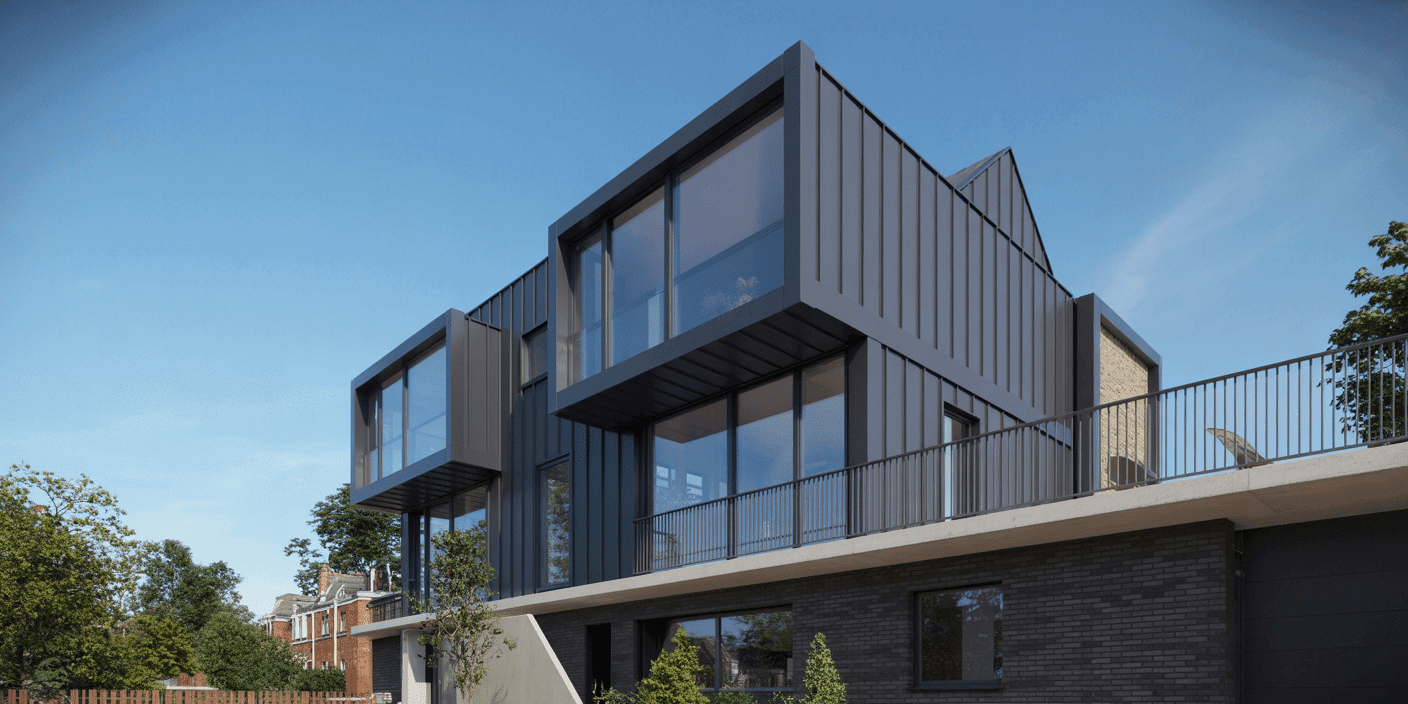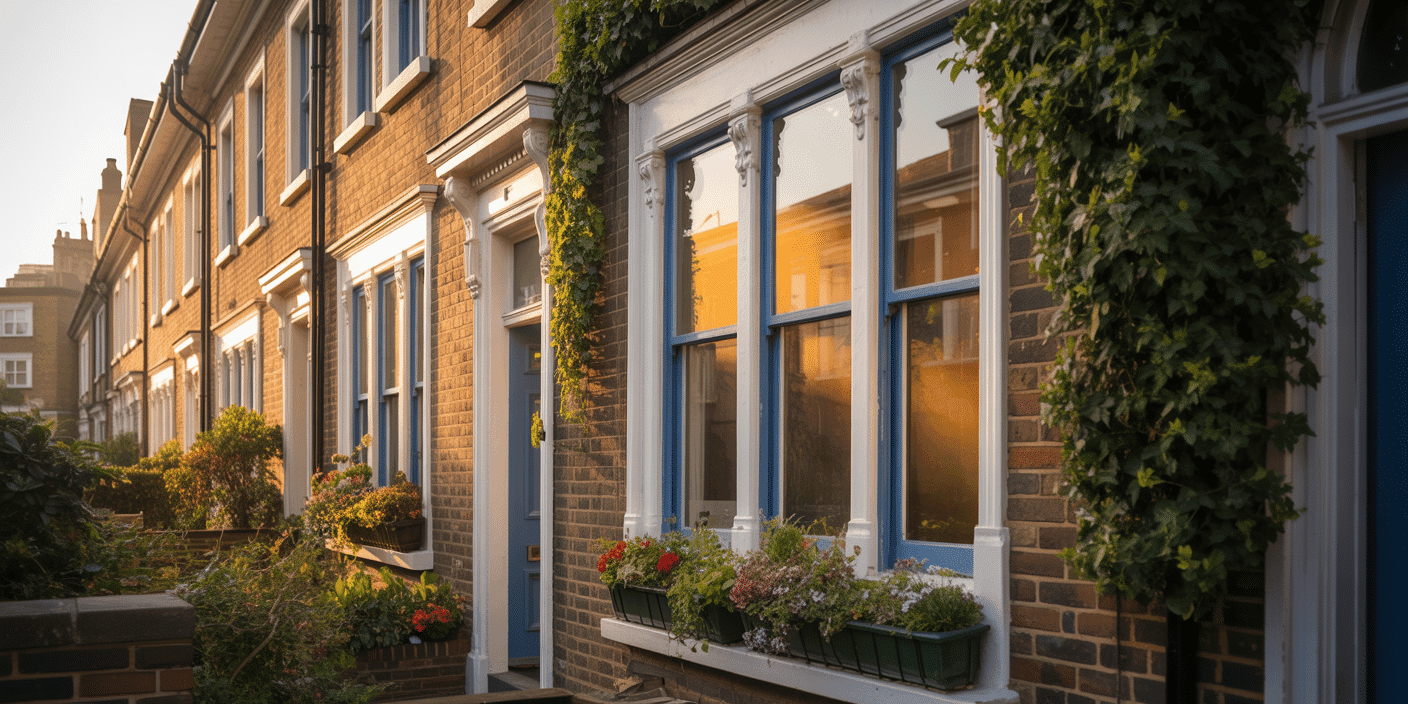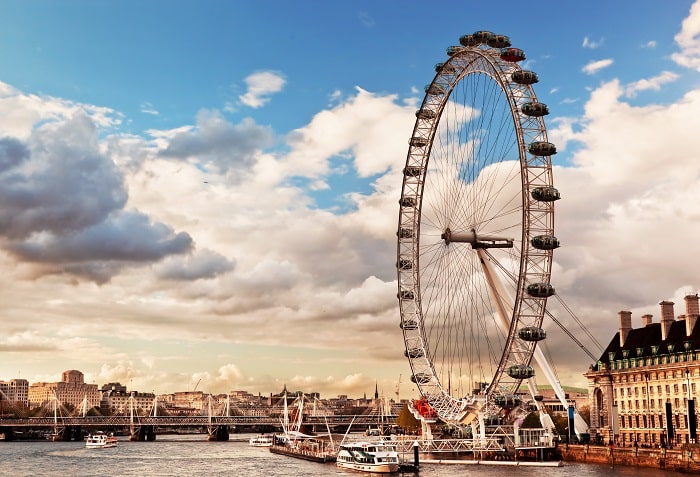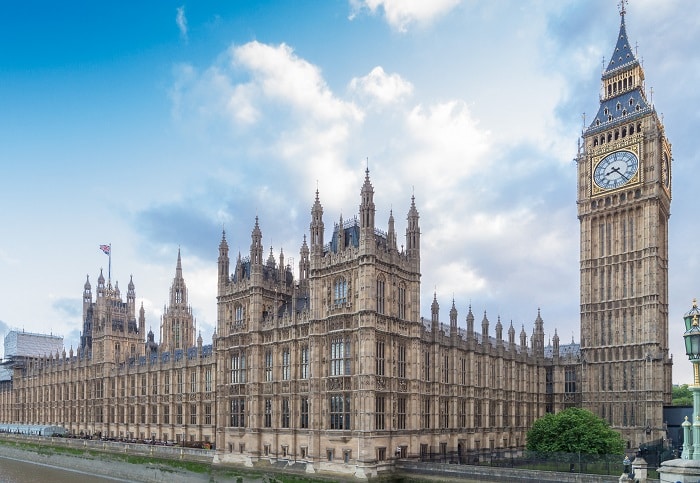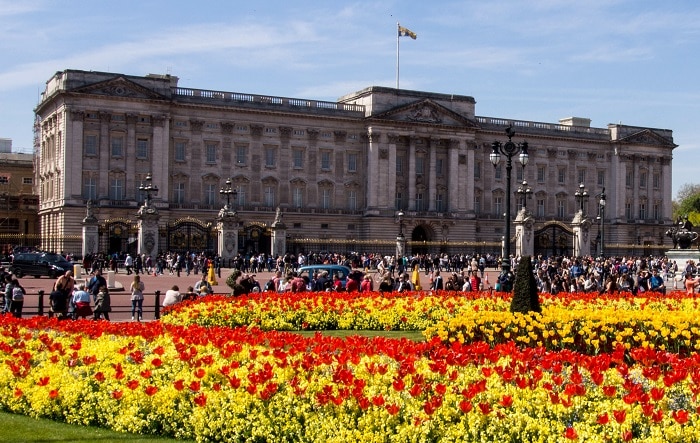The Decision That Defines the Fabric of Your Home
Every significant home improvement rests on a moment of decision. It arrives quietly — a quote, a specification, a choice:
“Which glazing system is right for this property?”
That single question carries architectural, financial, and environmental weight. Because the glazing you select will not only shape how your home looks — it will dictate how it performs, how it feels, and how it endures.
In high-value properties — particularly those balancing heritage integrity with modern performance — the challenge is not simply aesthetic. Nor is it purely technical. It is a matter of discerning substance from spectacle in a market saturated with promises.
Electrochromic glass may offer dynamic tinting and digital control. Low-E coatings may speak the language of thermal efficiency. Both appear compelling — but not both are appropriate for every home.
At Sash Windows London, we’ve guided thousands of clients through this very crossroad. The right decision leads to enduring comfort, compliance without compromise, and natural light that flatters every detail of the architecture. The wrong one often results in persistent condensation, glare, regulatory delays, and escalating costs.
This is where design collides with physics — where thoughtful specification becomes the difference between timeless performance and unnecessary complexity.
What follows is a precise examination of two distinct glazing technologies.
One rooted in passive performance. The other in active innovation.
Your task is not to master the science — but to make an informed decision grounded in what truly matters: longevity, comfort, and architectural integrity.
The Quiet Genius of Low-E Glass
Some technologies don’t shout — they whisper. Low-emissivity glass, more commonly known as Low-E, is one of them. There are no glowing panels, no control pads, no dramatic shifts in tint. Just silent, consistent performance engineered into the very fabric of your windows.
At its core, Low-E glass is fitted with a microscopically thin, invisible coating — typically a layer of silver or metal oxide — applied to the inner face of a double or triple-glazed unit. What does it do? It reflects heat back into the room during winter, and reduces solar gain in summer. In effect, it helps your home retain comfort, regulate temperature, and significantly reduce energy loss — all while appearing completely clear to the naked eye.
This is why Sash Windows London integrates Low-E coatings into nearly every heritage sash system we produce. Our clients aren’t looking for flashy gimmicks. They want homes that feel warm, dry, light-filled, and future-proof — without sacrificing the architectural detailing that defines their property. And that’s exactly what Low-E delivers.
It’s particularly effective when paired with Accoya® timber frames, high-quality weather seals, and specialist glazing bars — all of which we manufacture in-house. The result is a beautifully crafted window system that can achieve U-values as low as 1.2 W/m²K, without altering the character of a Georgian townhouse or a listed Victorian façade.
But here’s what makes Low-E glass truly exceptional: it requires no behaviour change from the user. No switches to flip. No apps to install. No firmware updates or wiring diagrams. It simply works — all the time, for decades, without drawing attention to itself.
For homeowners balancing thermal performance with aesthetic fidelity — and for architects navigating complex planning zones — Low-E isn’t a compromise.
It’s the quiet genius behind windows that does everything well.
The Allure of Electrochromic Glass — But at What Cost?

Electrochromic glass feels like something out of a science fiction film.
At the push of a button — or even automatically via sensors — the panes begin to tint, dimming harsh sunlight, reducing glare, and offering instant privacy without the need for blinds or curtains. On paper, it’s magic. In person, it can be mesmerising.
This is the promise that’s made electrochromic (or “smart”) glass so attractive to architects and forward-thinking homeowners, especially in ultra-modern builds. It’s dynamic. It’s tech-forward. It’s sleek. But when the excitement fades, reality steps in — and for most British homes, that reality raises serious questions.
For starters, electrochromic systems are active technologies. They rely on electrical wiring, controllers, transformers, and software integration. That means complexity at the design stage, disruption during installation, and dependency on hardware that can—and often does—fail over time. And while manufacturers tout lifespan guarantees, the simple truth is: anything wired into your glazing is harder and costlier to maintain than a passive solution.
There’s also the issue of visual consistency. Electrochromic glass doesn’t always transition uniformly, especially in larger window banks or multi-pane sash systems. Aesthetic misalignment—one pane darker than the next—can quietly erode the visual cohesion of a room or façade. Worse still, it risks clashing with the classical architecture many London homes possess.
And then, there’s the cost. Electrochromic glazing can run up to three to four times the price of high-performance Low-E systems. That’s before you factor in the additional design consultancy, electrical infrastructure, and ongoing maintenance. For a high-end sunroom or minimalist glass extension, that might be justifiable. But for sash windows in Belgravia, Mayfair or Notting Hill? It’s rarely practical—and almost never necessary.
At Sash Windows London, we admire innovation. But we don’t believe in overengineering for the sake of novelty. We believe in solutions that work as hard as they look good. And while smart glass has its place, it’s often a better fit for commercial towers than heritage terraces.
Because the future of glazing isn’t always about what changes colour —
Sometimes, it’s about what stays clear, quiet, and effortlessly efficient.
Performance Showdown — Efficiency, Comfort, Longevity
In the end, every homeowner — whether refurbishing a Georgian townhouse or designing a glass-clad extension — wants the same thing: a window that performs flawlessly. Not just this winter, but for decades to come.
That’s where the conversation between Low-E coatings and electrochromic glass stops being about features and starts being about facts.
Thermal Efficiency: The Proven Edge
Low-E glass is, by nature, a passive thermal system. Its metallic oxide coating reflects radiant heat back into the room while letting visible light through. This means you retain warmth without relying on external controls or power. In a British climate, where heating bills account for the majority of household energy use, that single feature translates into tangible savings — year after year.
By contrast, electrochromic glass focuses on solar management rather than insulation. It limits glare and overheating, but when the mercury drops, it offers no real advantage in heat retention. In fact, because it’s active rather than reflective, its energy impact in winter can be neutral at best — or slightly negative if shading is triggered unnecessarily.
If you measured them side by side, you’d find this:
- Low-E glass: U-values as low as 1.2 W/m²K (depending on frame design).
- Electrochromic glass: typically 1.5–1.7 W/m²K, even at premium levels.
It’s not a small difference — it’s a measurable drop in household efficiency.
Comfort and Light Quality
Comfort isn’t only thermal; it’s emotional. Low-E glazing allows full-spectrum daylight to fill a room, giving a natural warmth to interiors without harsh glare. Electrochromic systems, when tinted, often produce a cooler, bluish cast that can alter the mood of a space. For a minimalist office, it feels futuristic. For a period home with timber joinery and warm tones, it can feel sterile.
At Sash Windows London, we’ve tested both under real-world conditions — not laboratories, but London postcodes. What we’ve found is simple: clients consistently prefer the natural light consistency of Low-E systems. The spaces feel more authentic, less “engineered.”
Maintenance and Longevity
Maintenance is where Low-E quietly wins again. There are no wires, no transformers, no software integrations to fail. Just a sealed, high-performance glazing unit that requires only the occasional clean. The coating is embedded within the glass cavity — untouched, unseen, untarnished.
Electrochromic glass, by contrast, introduces multiple points of vulnerability. A failed driver, a broken contact, or even a short circuit can render a panel inoperable. Repairs require specialists — and sometimes complete replacement of entire panes.
The Real Performance Equation
When you strip away the buzzwords, performance comes down to reliability per pound.
And in that equation, Low-E glazing doesn’t just compete — it dominates.
It’s why Sash Windows London installs it across our high-performance sash, casement, and heritage systems. We don’t chase novelty; we champion what works — beautifully, quietly, and consistently.
Because the best windows aren’t the ones that show off their technology —
They’re the ones that make you forget it’s there.
Regulation Reality — Which Glass Plays by the Rules?
In the world of architectural vision and home improvement, aesthetics and performance can steal the spotlight — but it’s compliance that calls the final curtain. One misstep with building regulations, and even the most beautiful glazing system, can bring a project to a grinding halt. That’s why, at Sash Windows London, we design with elegance in one hand and regulatory mastery in the other.
Whether you’re planning a new extension, upgrading windows in a conservation area, or refurbishing a listed property, your glazing must align with the current UK Building Regulations — notably:
- Part L – Conservation of Fuel and Power
- Part Q – Security for Dwellings
- Part K – Protection from Falling, Collision, and Impact
Low-E Glass: Compliant by Design
Low-E coatings are a regulation team player. They were developed specifically to meet and exceed Part L thermal efficiency standards, and they’ve become the go-to glazing solution for heritage, retrofit, and premium homes.
When fitted within double or triple glazed units, Low-E glass:
- Reduces U-values significantly — helping you hit required energy efficiency targets.
- Avoids unnecessary shading that could limit daylighting factors.
- Does not interfere with Part Q (security) when combined with laminated or toughened units.
- Works seamlessly with safety glazing configurations for Part K compliance.
Even better? It requires no special sign-off from planning officers or conservation teams. It simply performs — quietly, effectively, and within the law.
Electrochromic Glass: Regulation Grey Zone
Electrochromic systems, by contrast, often sit in a compliance grey area. While some products meet Part L through standard double-glazing spec sheets, others struggle to deliver consistently low U-values — especially in colder months when the tinting function may work against heat retention.
Additional red flags:
- Some conservation officers object to visible tint transitions on period façades.
- Installations may require bespoke assessments or planning reports, especially in protected areas.
- The integration of electrical components into glazed elements introduces potential conflict with Part P (Electrical Safety) and can complicate Part Q evaluations if units fail secure-lock testing protocols.
We’ve seen clients forced to replace electrochromic systems entirely post-installation due to planning disputes — a costly lesson in choosing form over foundational compliance.
What This Means for You
When regulations are non-negotiable — and they always are — Low-E glass isn’t just a smart choice. It’s the safe one. It allows you to protect your budget, timeline, and architectural integrity without sacrificing performance.
At Sash Windows London, we pre-load every project with Part L, Q, and K compatibility, delivering specification documents, glazing certificates, and, where needed, conservation support for smooth planning submission.
Because in the end, it’s not just about beautiful glazing —
It’s about knowing it won’t be ripped out six months later.
The Aesthetic Equation — Beauty, Authenticity, Control

When choosing glazing for a high-value property, the question isn’t just “What performs best?” — it’s “What will look right for the next 30 years?”
And this is where aesthetic intelligence becomes just as critical as thermal performance. Because the truth is, even the most efficient window won’t belong in your home if it doesn’t belong to your home.
At Sash Windows London, we work with properties where character matters — where a single glazing decision can elevate a façade or undo a century of craftsmanship. So when we talk about Low-E coatings versus electrochromic glass, we’re also talking about architectural fidelity, heritage harmony, and visual consistency.
Low-E: Invisible Power, Visible Elegance
Low-E glazing doesn’t impose. It enhances. The coating is microscopically thin and applied to the inside surface of the sealed glass unit — invisible to the eye, imperceptible to the design.
It allows:
- Full-spectrum, natural daylight to flood interiors.
- True-to-period glazing bars and sash profiles to remain centre stage.
- Warm, unfiltered tones inside your home — essential in rooms with timber flooring, original plasterwork, or neutral palettes.
- Zero tinting, fading, or shifting visual tone throughout the day.
From Georgian bays in Pimlico to Victorian terraces in Islington, Low-E glass preserves the soul of a window — while quietly transforming its performance.
Electrochromic: Impressive, But Invasive
Electrochromic systems, while technically fascinating, bring visible interventions to every room. When activated, the tinting alters not just how much light enters, but what kind of light. Often, the aesthetic tone becomes cooler, greyer, even slightly sterile — a sharp contrast to the soft, natural light most period interiors are designed around.
There’s also the issue of visual mismatch.
In a sash window setup with multiple panes, electrochromic transitions can become inconsistent — one pane darkening slightly faster than another, or not at all if there’s a wiring fault. For homeowners obsessed with detail (as most of our clients are), this isn’t a small issue. It’s a constant irritation.
And when viewed from outside, a wall of tinted glass can clash with stone surrounds, brick façades, or original casements — breaking the harmony of a historic elevation.
Authenticity Isn’t a Trend — It’s a Standard
For our clients, “looking right” isn’t about being fashionable. It’s about honouring the architectural truth of the home. It’s about making decisions that complement, not compete. And that’s why we specify Low-E glazing — not just because it works technically, but because it respects the aesthetic intelligence of the building it’s going into.
We blend it seamlessly into:
- Slimline timber sashes
- Listed-compatible glazing profiles
- Conservation zone-compliant installations
All while delivering a visual purity that no dynamic tinting system can replicate.
Because real design control isn’t found in an app.
It’s found in a window that feels like it’s always been there.
The Smarter Investment — Cost, Value, and Resale Reality
There’s a myth in the glazing world that “the most advanced technology must be the best investment.”
But at Sash Windows London, we’ve learned something from working on thousands of high-end homes across the capital:
The best investment is the one that delivers value — not complexity.
Let’s break it down. Because choosing between Low-E glazing and electrochromic glass isn’t just a matter of taste. It’s a decision with real financial consequences.
Upfront Cost: Innovation Comes at a Price
- Low-E Double Glazing:
Widely available, high-spec options from trusted British suppliers, easily integrated into timber sash and casement systems.- Cost per unit: £
- Install complexity: Low
- Planning risk: None
- Electrochromic Glass:
A niche, tech-driven product typically manufactured overseas, with fewer installers and higher risk profiles.- Cost per unit: ££££
- Install complexity: High (requires electrical feed, drivers, integration)
- Planning risk: Medium–High (especially in conservation zones)
Bottom line? For the cost of fitting electrochromic glass in a single feature room, you could upgrade all the windows in your property to Low-E timber sashes — and still have change left over for bespoke ironmongery.
Lifetime Value: Efficiency Without Dependency
- Low-E Coatings require no ongoing maintenance, consume no electricity, and have no failure-prone moving parts. They are passive, reliable, and proven.
- Electrochromic Systems depend on controllers, wiring, firmware, and sensors — all of which can fail. When they do, replacement isn’t just expensive — it can be invasive.
And when we talk about value, we don’t just mean energy bills.
We’re talking about lifestyle costs:
- Interruptions from failures.
- The awkward aesthetics of misfiring panels.
- The frustration of needing a technician for a window.
Smart windows shouldn’t make the homeowner feel dumb.
Resale & Buyer Psychology: Simplicity Sells
Luxury buyers may appreciate high-spec fittings — but they also value simplicity, reliability, and provenance. A house with beautifully finished Low-E timber sash windows feels crafted, considered, timeless. It reflects taste and restraint.
By contrast, a property full of high-maintenance tech glass can raise eyebrows:
“Who do I call when this stops working?”
“Will I need to replace the entire system?”
“What happens if I want to install shutters?”
Electrochromic novelty rarely holds resale value — especially if it wasn’t a feature the buyer asked for.
The Smart Money Goes Where Trust Lives
We don’t just sell windows. We build long-term equity into homes.
Our Low-E timber systems:
- Increase EPC ratings
- Slash annual heating costs
- Comply with all relevant regs
- Preserve architectural value
- Require zero behavioural change
That’s what the smart money backs. Not the trendiest glass. The trustworthy one.
So when it comes to value, it’s simple:
Low-E glazing pays for itself quietly. Electrochromic glass keeps asking for more.
Choose Once. Choose Right.
Glazing isn’t a detail. It’s a decision. One that echoes through every room, every winter’s morning, every summer afternoon, and every energy bill for the next thirty years.
In the choice between Low-E coatings and electrochromic glass, the question isn’t just “what’s newest?” — it’s “what lasts, performs, and belongs?”
At Sash Windows London, we’ve built our reputation not on selling trends, but on crafting legacy. We guide homeowners, architects, and developers through the noise — helping them make decisions that don’t just solve a problem today, but elevate the property for decades.
We don’t push gimmicks.
We deliver glazing systems that:
- Pass planning without headaches
- Excel in real-world performance
- Enhance heritage and modern homes alike
- Require no apps, power feeds, or fine print
- Feel as timeless as the architecture they live in
Low-E isn’t just a coating.
It’s the glazing equivalent of good taste — understated, effective, and perfectly aligned with the way you actually live.
Ready to make the smart, beautiful, regulation-ready choice?
Book a private Glazing Strategy Session with Sash Windows London.
We’ll help you:
- Evaluate the best glass for your project (aesthetically and thermally)
- Navigate Part L, Part Q, and conservation concerns
- Understand the long-term ROI of different systems
- Get a bespoke quote from our award-winning timber joinery team
👉 Claim Your Free Glazing Strategy Session
Your home deserves glazing that doesn’t just meet the moment — It shapes the future. Choose once. Choose right. Choose Sash Windows London.
